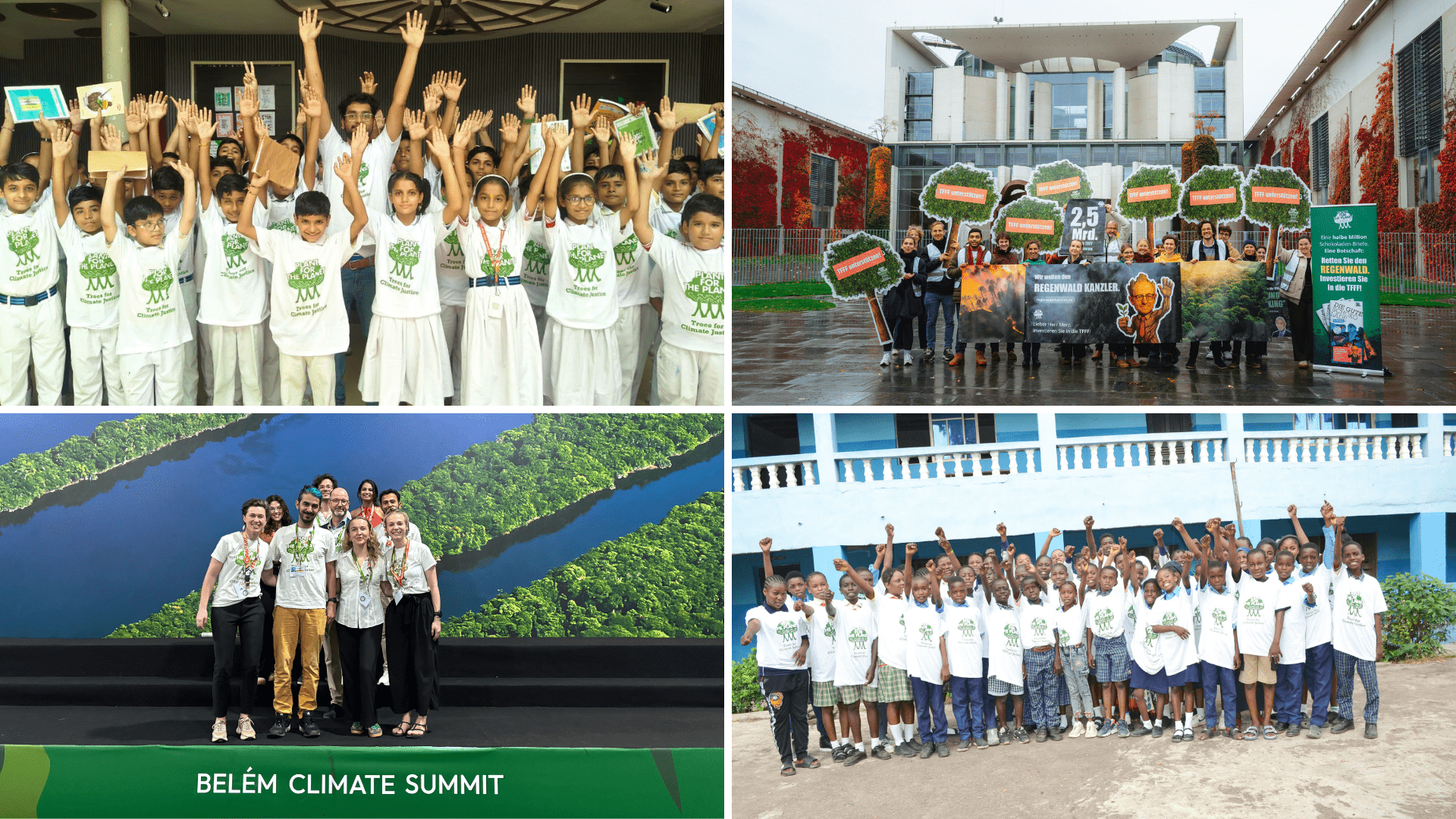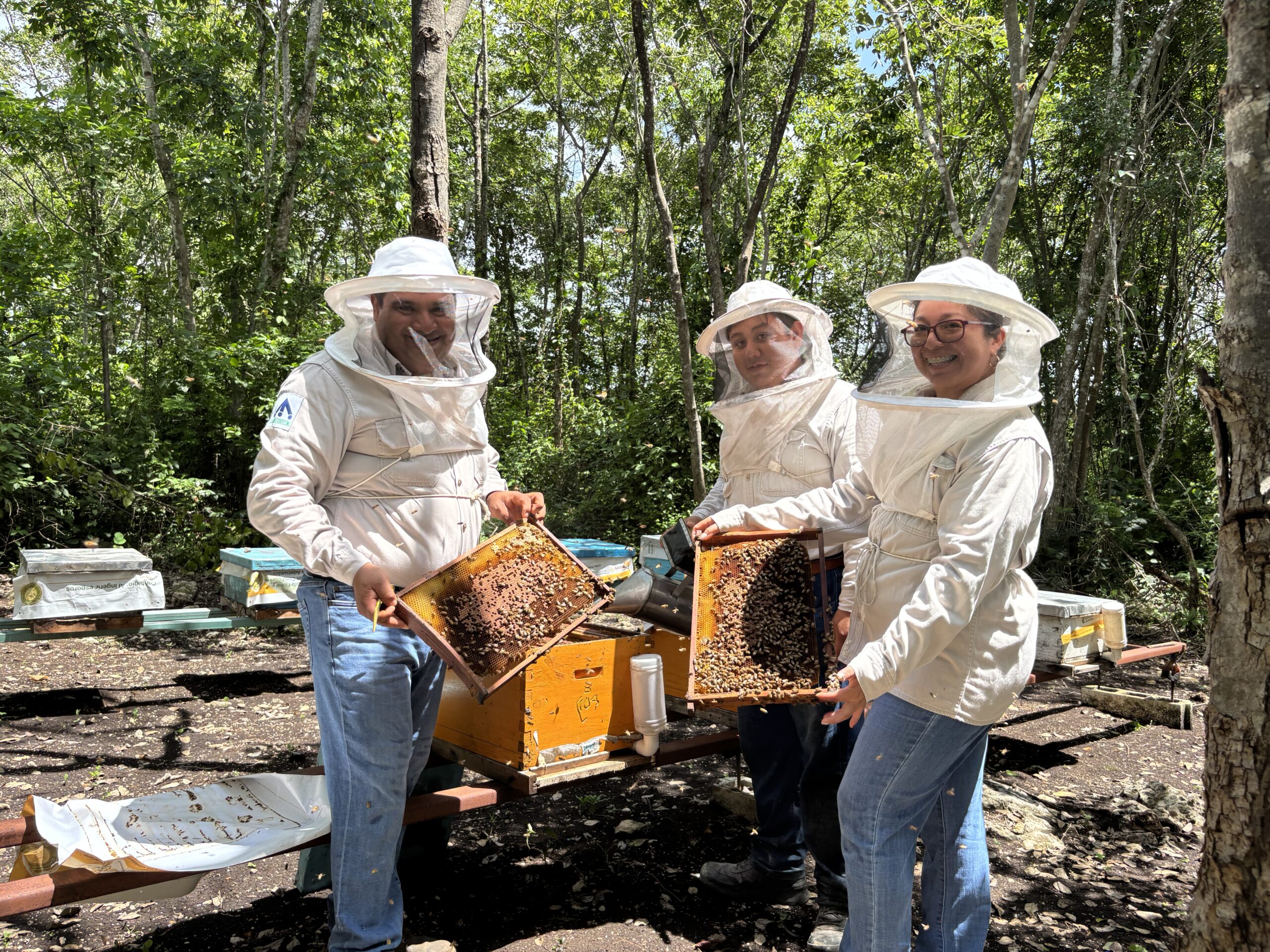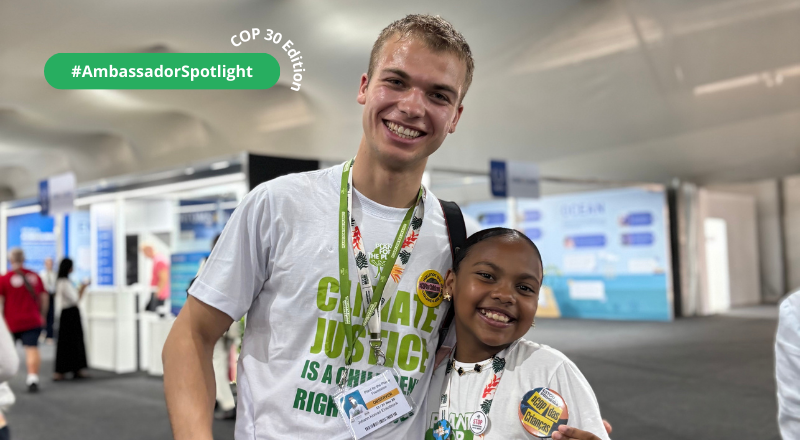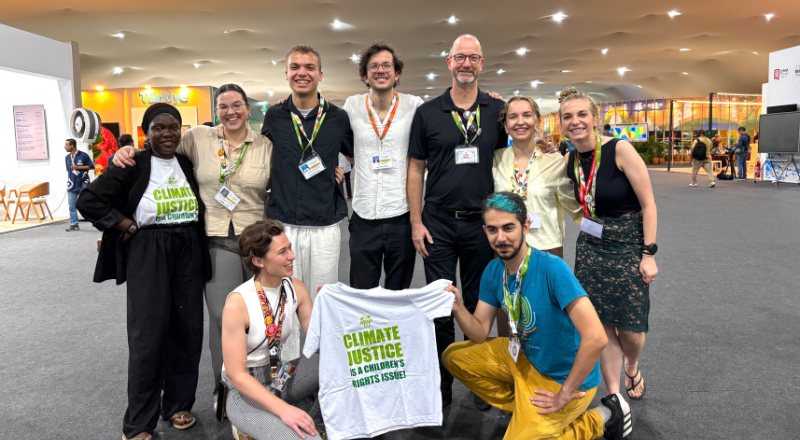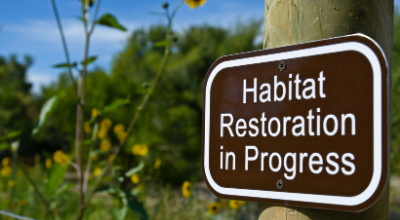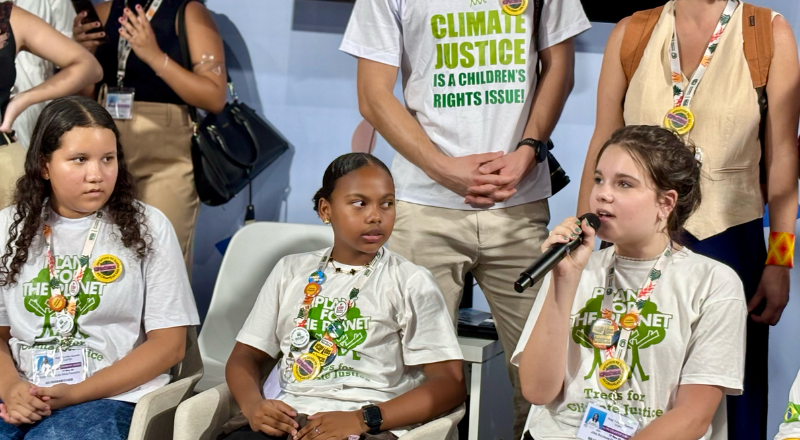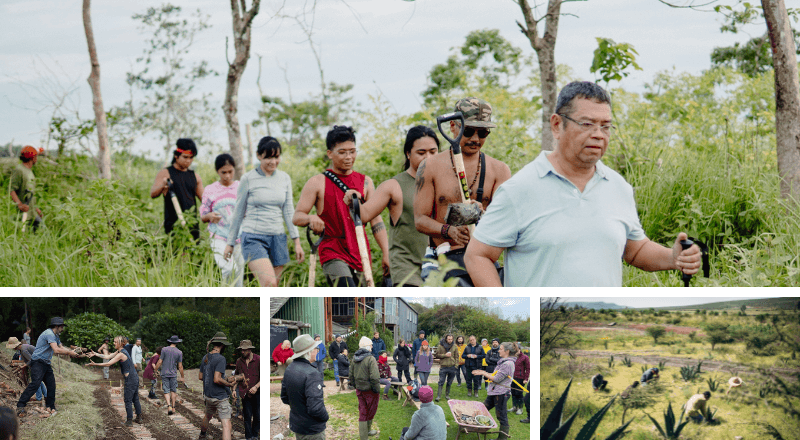
Innovation is key to driving many of the Sustainable Development Goals. For restoration, it is not different. It is one thing to have a dream of how an idea can be transformative but another to get started and make it happen. Ecosystem Restoration Camps is the product of a recurring dream by John D. Liu, film-maker and ecologist, which many people believed in and are now working on.
We spoke to Cristina Pianca who works as the Camp Coordinator with the Ecosystem Restoration Camps movement where ordinary, everyday people develop innovative approaches to restoring ecosystems.
With the idea to give everybody a better understanding, we share here some edited excerpts from the interview.
Living in camps and restoring ecosystems
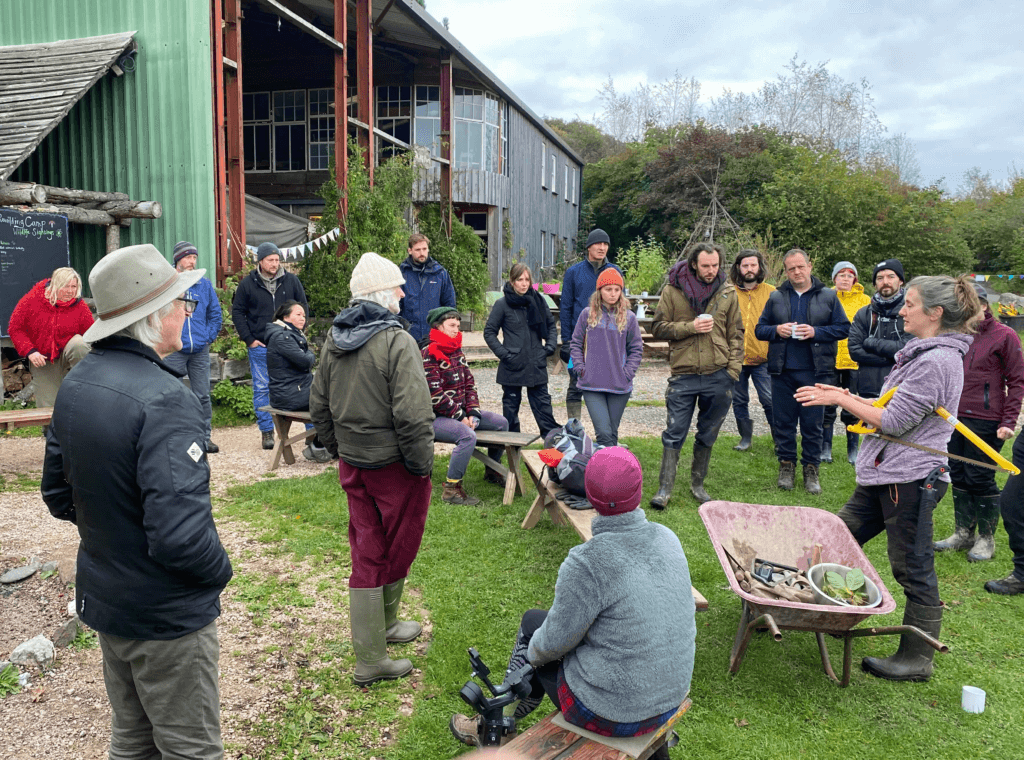
Cristina: “Ecosystem Restoration Camps is a young, global, grassroots movement of individuals and organizations working together to restore degraded land around the world, to provide humanity with hope and more abundant earth. The movement came about after our founder John D. Liu had a recurring dream about people camping on and restoring the land.
The Ecosystem Restoration Camps are collaborative, living labs where locals and volunteers (we call them ‘campers’) not only take on restoration, but also innovate and develop new restoration techniques, learn from their practices, refine them, and share their learnings with the world. The camps are developing the proof-of-concept in local landscapes that will inspire and attract all who live there to introduce regenerative practices.
The camps also learn from each other through the global knowledge exchange platform we’re developing, where other restorers around the world who are dealing with similar issues can share their successes and failures, and learn from experts in the field of restoration. Through this platform, all camps become better at what they do.
Monitoring and evaluation at the camps are also an important part of our approach to restoring land as it helps us prove the power of ecosystem restoration. We have created a support guide for camps on how to perform ecological tests inspired by citizen-science approaches, and we’re currently developing mechanisms to enable them to share their findings with a wider audience.
Five years and counting
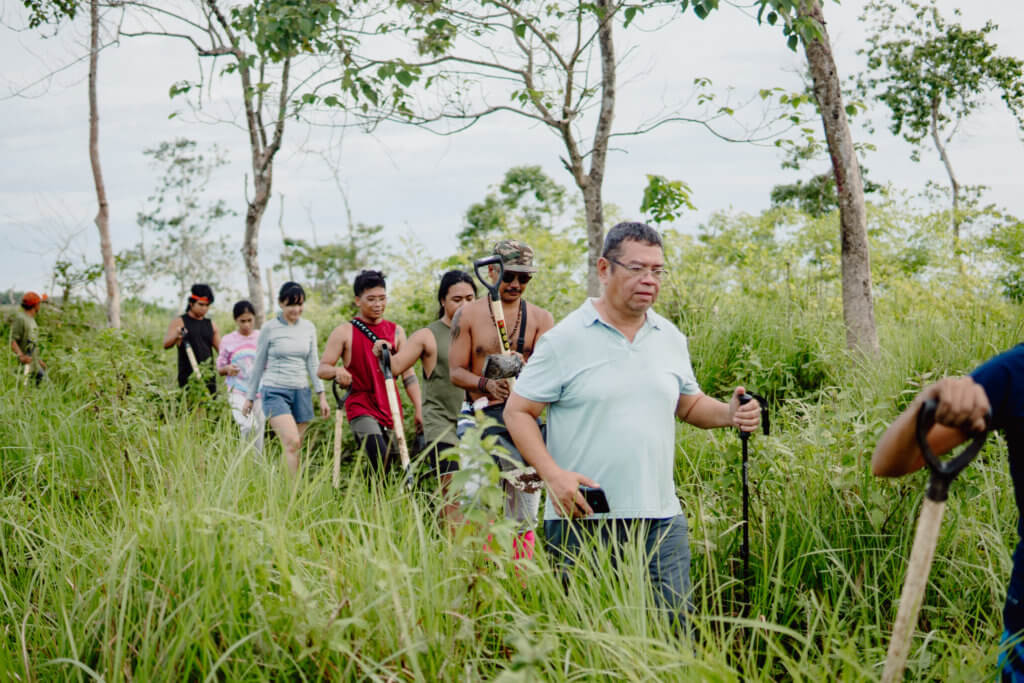
In 2017, the first Ecosystem Restoration Camp (ERC) was established in Spain. The movement now comprises around 50 camps in more than 30 countries across six continents.
By the end of 2021, 16,662 campers had participated in restoration activities and 1,692,192 trees and plants had been planted at the camps. A total of 8,519 ha. were under restoration, with a collective camp ambition to restore 3.1 million ha.
As a supporting partner to the UN Decade on Ecosystem Restoration, we are collaborating on its programmes. Through this, we are inspiring individuals and other organizations in the work of restoring degraded ecosystems and the necessary introduction of regenerative agricultural practices.
Our network of Ecosystem Restoration Camps is aimed at restoring ecosystems, and they often operate in areas where the land is badly degraded. As a result, the costs of reforestation on such degraded terrains tends to be higher, while the efforts required to bring the land back to life are more gradual and spread over longer periods of time.
This is certainly one of the challenges that ERC has encountered, as often tree schemes and donors offer low prices that are not suitable for degraded land and/or have planting timelines that can not be met in contexts where the landscape should be reforested and restored gradually. Similarly, donors often prefer large-scale projects, while we focus on community-led restoration that is often on a smaller scale.
However, the movement is rapidly growing. More and more projects are joining the network and our impact is increasing. We are establishing ourselves as a serious organization with a clear impact on ecosystem restoration globally.
Discovering Plant-for-the-Planet and experiencing the platform
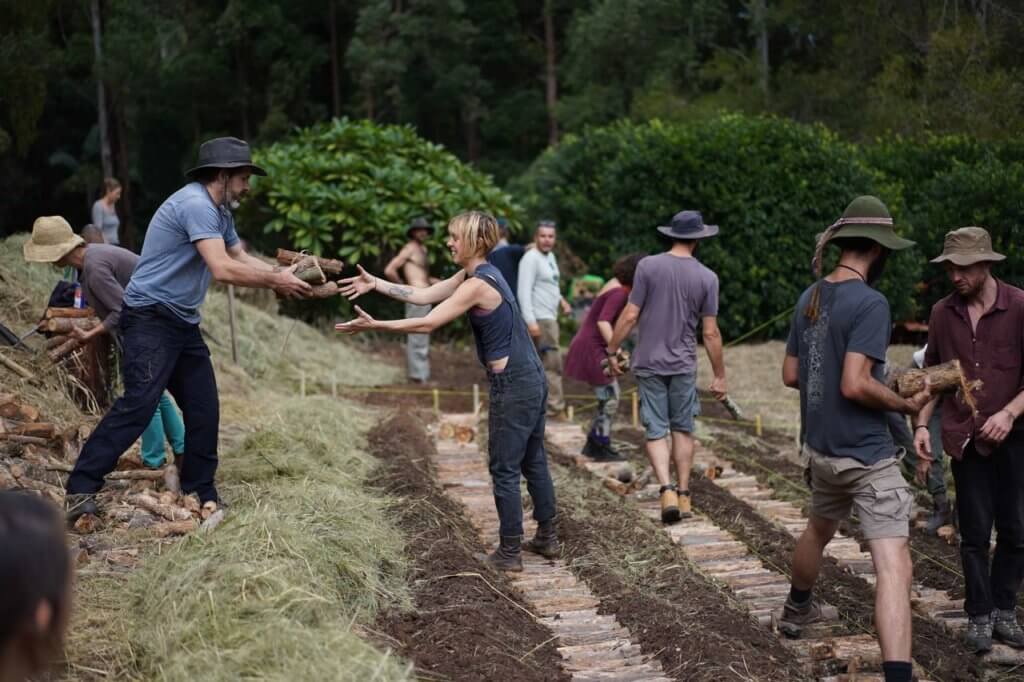
In December 2020, I attended the “Trillion Trees Global Summit Archive Launch & Networking Meetup”. There I discovered Plant-for-the-Planet and had the opportunity to learn more about this great organization.
The Ecosystem Restoration Camps are not only planting trees, they are restoring entire ecosystems while improving local communities’ livelihoods. Therefore, the price of our trees is obviously higher than it would be in a large reforestation project, implemented on fairly healthy land and without involving local communities.
Plant-for-the-Planet is crucial in supporting restoration projects like ours as they share our holistic approach to restoration. Ecosystem Restoration Camps restore ecosystems at the right pace, planting gradually only as many trees as the land allows, involving local communities in the process to ensure the long-term impact of reforestation.
Plant-for-the-Planet is a fantastic model and a great platform. It allows projects to choose their preferred price that can cover all of their needs and expenses. This could also include training expenses for a local community’s members and all costs needed to make sure that every single tree can thrive for decades, supported by a healthy ecosystem and protected by local communities.
The Trillion Tree Campaign is a great initiative, and it is achieving some crucial goals while tackling important challenges. To further improve it, we would love to see more interest from some donor groups (such as corporations). I feel there is still a gap in funding and visibility, and I am sure that there are enough resources to make this initiative even more successful.
Moreover, it is important that Plant-for-the-Planet continues promoting its core values: putting local communities and livelihoods at the center of their restoration approach and paying a fair price for the trees. In this way, we will ensure that these forests will be protected for many years to come.
Planting with your donations in multiple countries
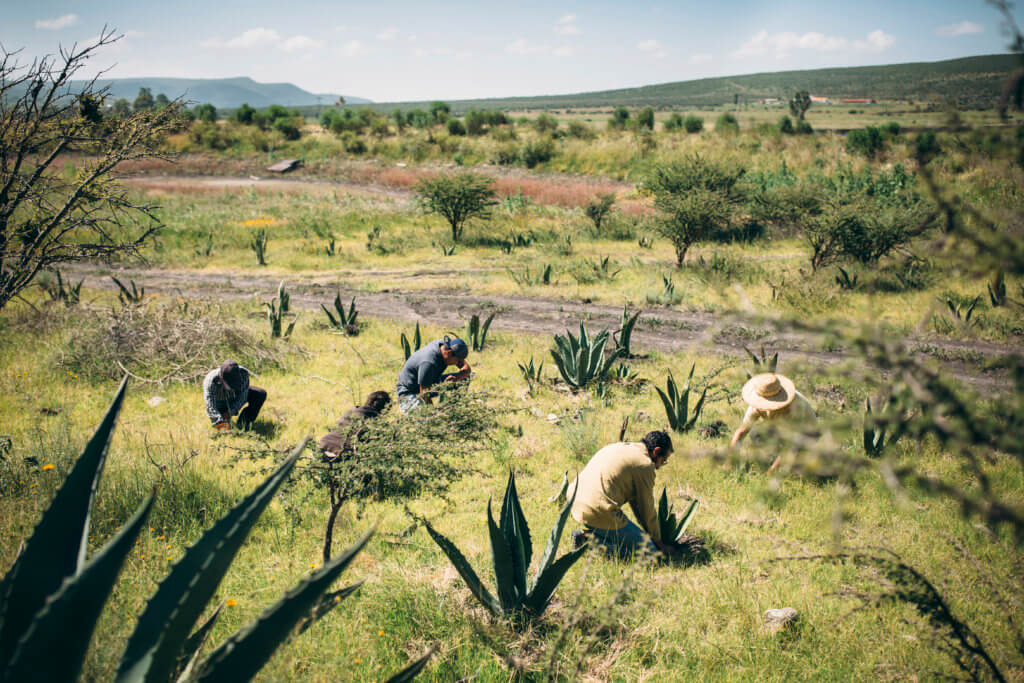
When you choose to plant a tree at one of our restoration camps, the donation first goes to the ERC Foundation. The Foundation makes sure that this donation arrives at the selected planting location as soon as possible. Your tree begins its life as a little seedling, in the hands of one of our camp managers. When the season and conditions are right, your seedling will be planted.
Our camp managers know how to best restore their land thanks to years or even decades of experience on the field. They are familiar with the local weather, the seasonal patterns, the quality of the soil, and the way water affects their work on their land. It doesn’t matter whether you choose a project in Bolivia, Italy, Egypt, Brazil or Spain – our camp managers know exactly when it is the right time to plant your tree! And they are supported by the ERC’s Advisory Council, including some of the world’s leading experts in ecosystem restoration, regenerative farming, permaculture and other relevant fields. Our camp managers are not alone, as this impressive wealth of knowledge is guiding their actions.
Next, your seedling is planted in the ground. Ecosystem Restoration Camps work in collaboration with local communities and farmers to make sure that the reforestation and rehabilitation efforts are supported by the residents of the region. This will allow your seedling to grow healthily, in an ecosystem that is flourishing back to its former glory, with growing plants, insects and animal biodiversity.
Working with communities, easing eco-anxiety
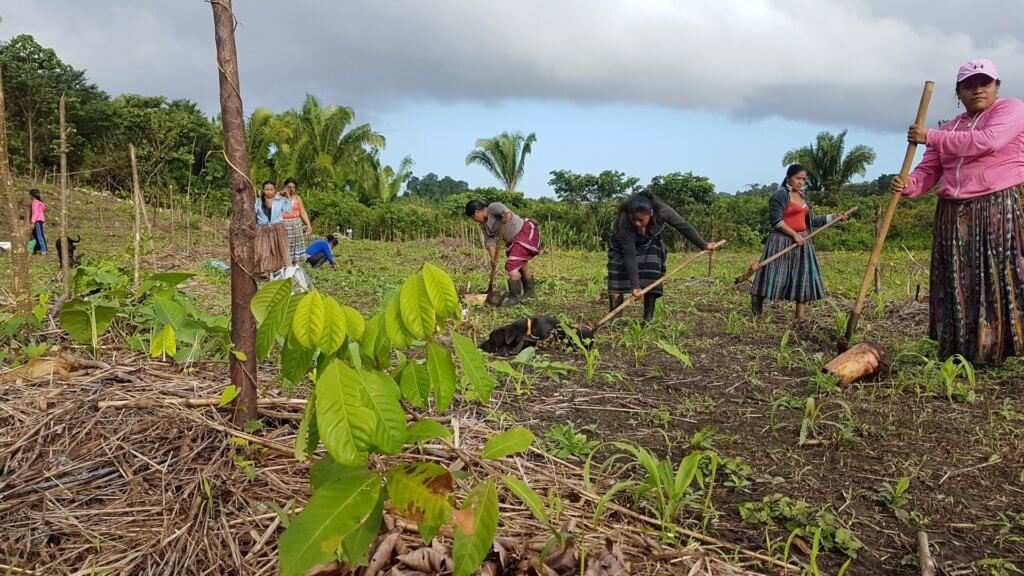
We enable everyday people to become empowered by physically taking part in bringing land back to life at the camps, rather than waiting for others to take action. This eases eco-anxiety transforms lives by changing people’s relationship with the earth, and inspires other people to get involved through positive impact stories.
Restoring the earth brings about a significant reduction in poverty through the return of sustainable livelihoods in degraded areas. And, the most empowering part of this is that at camps it is the local people themselves who bring about this change, working hand-in-hand with a global community committed to supporting them to create a healthy, sustainable future for our planet.
Choosing the right species to plant
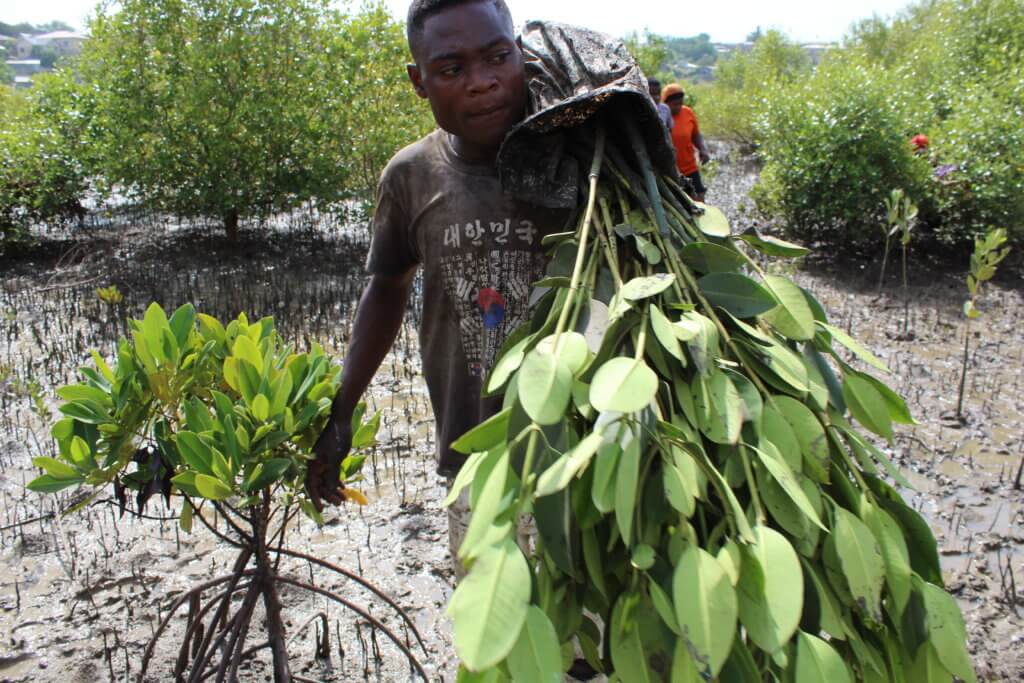
Each camp is unique and has a different model. Some camps have nurseries that can produce seedlings, other camps rely on local nurseries to purchase their trees.
Our camp managers always prefer endemic species, and sometimes they integrate native wood trees with native fruit and nut trees. Some projects are mainly agroforestry projects, and in this case, all fruit trees selected are local and/or well adapted to the climate and biome where they are planted.
All trees planted need to be beneficial for restoring ecosystem’s functions, especially plant biodiversity, as well as for providing local communities with a healthy environment and improved livelihoods.
You are invited to join our camps
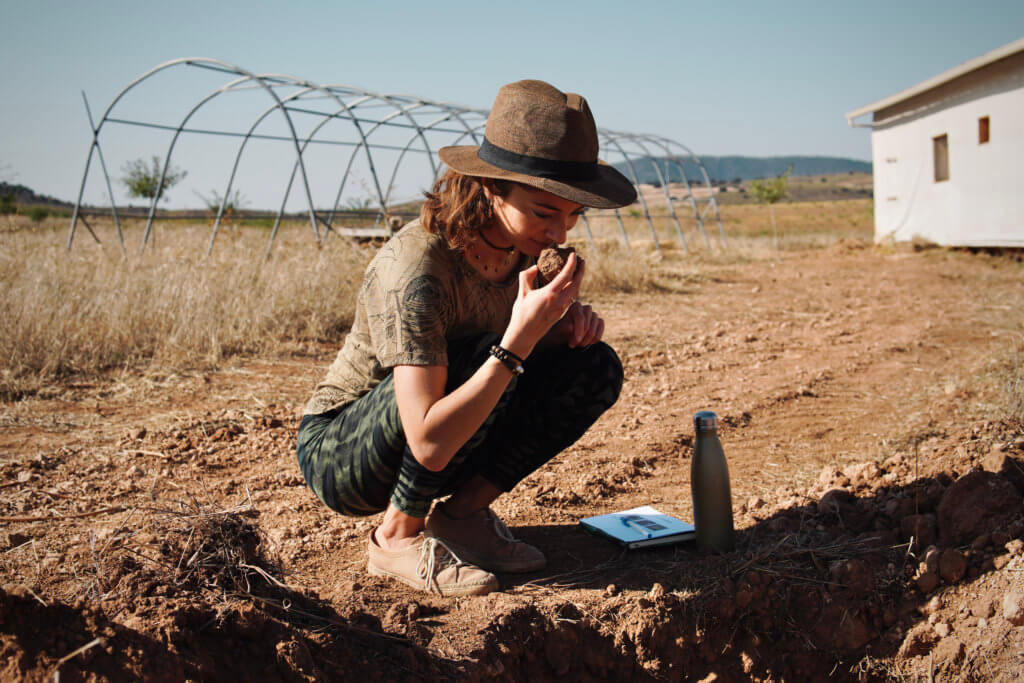
Many of the Ecosystem Restoration Camps – such as Camp Mombasa Mangrove Forest in Kenya, Camp Farm of the Future in Brazil and Camp Arcoora in Australia – are focused on forest restoration and agroforestry and offer hands-on opportunities for individuals through organized restoration experiences at the camps.
Through the knowledge exchange platform we’re making relevant resources (such as research papers, publications, articles, and documents) available to camp managers as well as anyone else keen to join this worldwide effort to restore ecosystems.
We invite everyone who wants to take part in this ‘great work of our time’ to join our mighty movement as a supporter, partner or camper.”
Visit Ecosystem Restoration Camps projects in Bolivia, Spain, Italy, Egypt, and Brazil to learn more.
